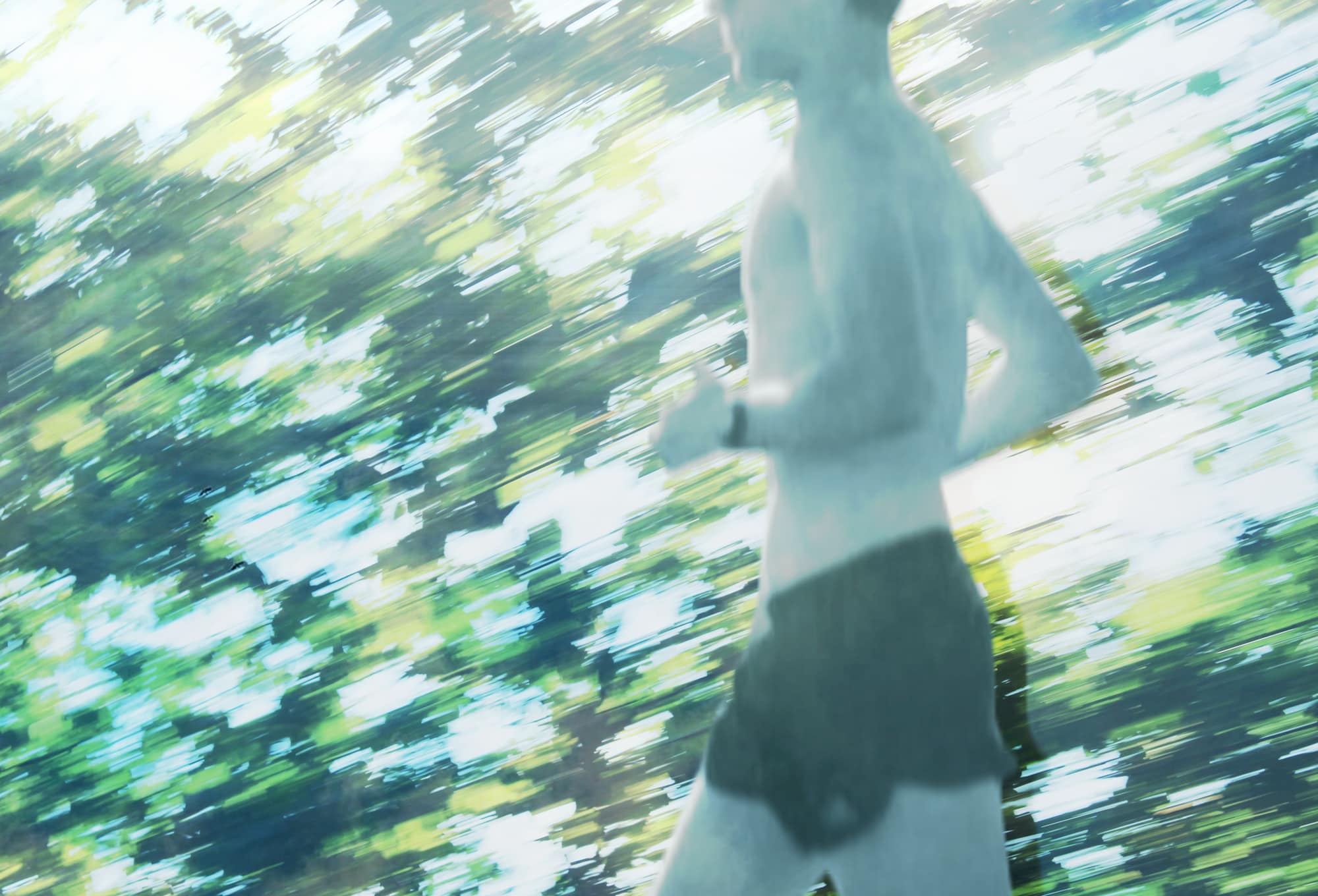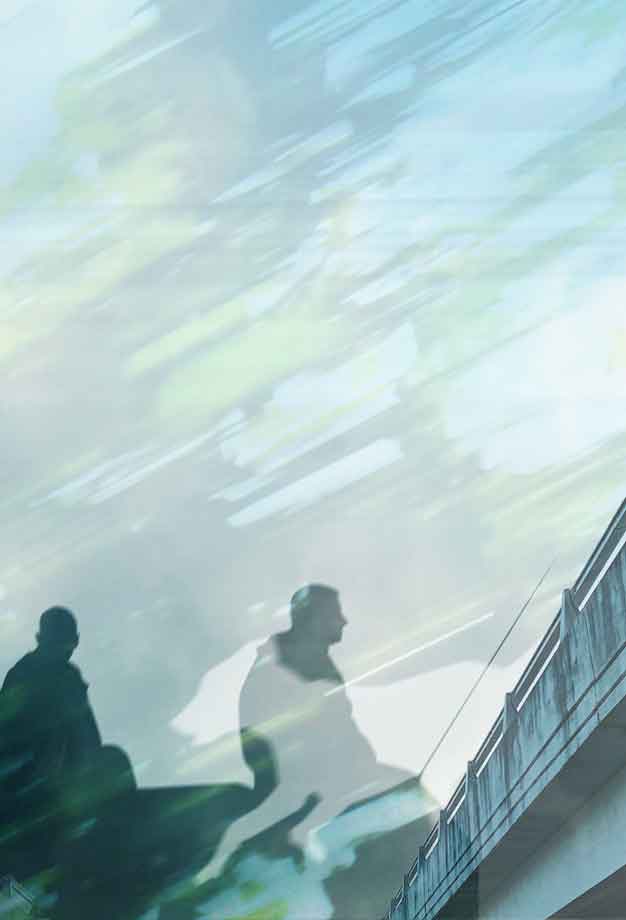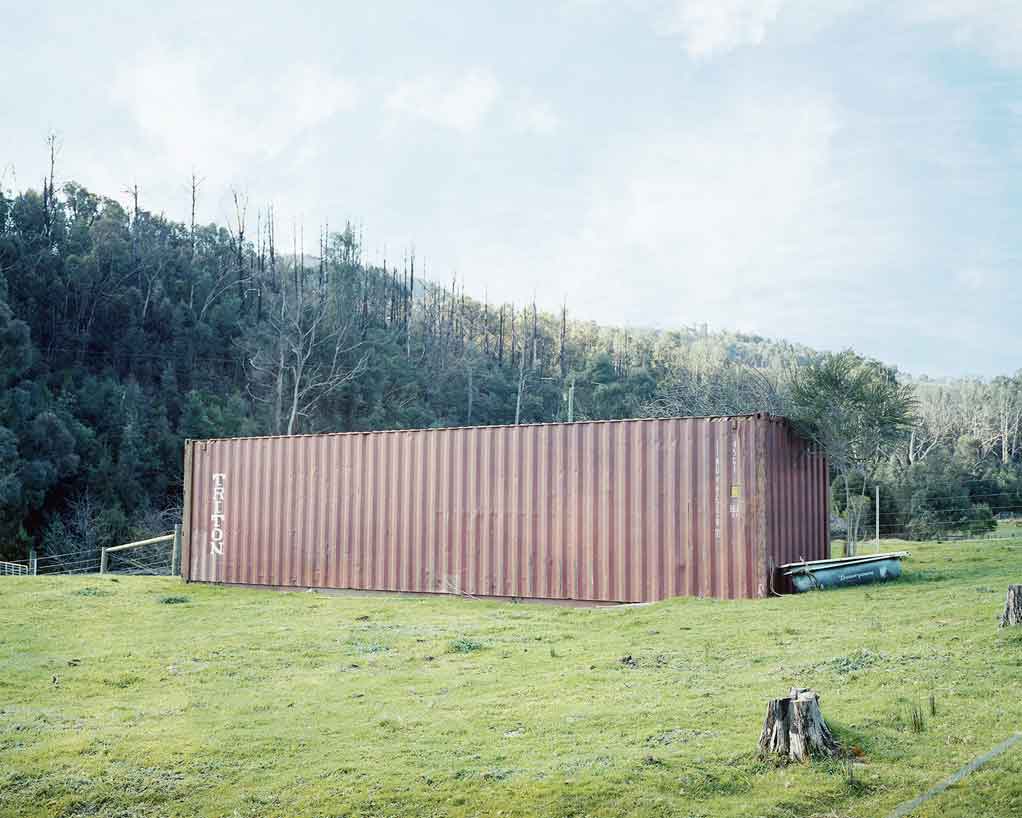
Listen to this article, read by the author.
I’m back from a run. A run from my house that takes me on a circuit of four miles. I call it my “lazy run.” Lazy because it doesn’t take long – a little over 30 minutes — and because it’s deeply unimaginative. The route is unchanging. Sometimes I do it in reverse. A quick run snuck in a mass of other things I have to do.
I love running, but that has not always been the case. I started running in 2005 when I saw some trainers hanging off the bag of John Sherry, who hired me at Intel, and I thought I should be a runner. The last thing I did before relocating to Dublin was buy some running shoes. Three months later, I struggled over the line in a half marathon in the west of Ireland.
Since then, I’ve done a handful of halfs and the London marathon, but mostly it’s just about going running. My ‘lazy run,’ running to work, a long run at the weekend, Park Run with my daughter, and running wherever I am for fieldwork. I have no ambition to be an athlete, and I’m certainly not built for it.
All of which begs the question: why do I run? To hold the middle-age spread at bay? Make amends for the odd cigarette? To feel fit and healthy in mind and body? Yes, all this is true. Ask a mountaineer why they climb, and they retort “because it’s there.” Is it pretentious to say, “I run because I can?”

Perhaps it’s just not the pretension but the thinness of that response that makes it so unsatisfying. Asking why we run assumes the need for instrumental reasons: losing weight or staying fit. Do we need to have a reason for running? If so, I run because I have to and because of what it does to my mind.
There’s no shortage of books on running which explore its mental and emotional landscapes. Some head for the philosophical hills. Some stay on the flatlands. Others stick to familiar tracks or trails. Whichever route they take, all grapple with the problem that running is both banal, often boring, while also having the potential to lead to near transcendental experiences.
While most books about running make references to pain and injuries, they all speak to the mental and emotional side effects: boredom, elation, relief. Running is not necessarily about florid and deep thoughts. Murakami speaks of “running into the void.” The surprise of his book is the absence of insight into thinking when running.
Running is a means “to engage in a sustained way with the deep strangeness that is the human mind.” My experience is that running helps me think – it’s time spent with my mind, devoid of digital and other distractions. Pushing more deeply, I find it difficult to articulate what sort of thinking I do when I run, and what form that thinking takes.
Try catching a butterfly. Trying to recall these thoughts after the fact is like trying to summon a disobedient dog.
I wonder if it’s necessary to distinguish between thinking and thoughts. Thinking implies something conscious, controlled, or considered. Sometimes I head out on a run having consciously decided there is some thinking to be done. On those days, I tend not to think much. It’s like going shopping determined to spend money and coming home empty-handed nonetheless.
But whatever thinking I hope might happen, I always have thoughts. These thoughts occur without me consciously thinking. Some talk of running as an “open space where thoughts come to play.” Thoughts vary across the duration of the run: conscious thought gives way first to thoughts and then to nothing.
But running thoughts tease. They flutter.
Try catching a butterfly. Trying to recall these thoughts after the fact is like trying to summon a disobedient dog. With no pen to hand, thinking when running is like a lucid dream. A reverie that’s hard to capture. Murakami refers to these thoughts as “clouds in the sky.”
Picture a run along the banks of the Sacramento River. Men fishing. Dog walkers. Freeway bridges loom. The thunder of cars above. An eight-mile run, out and back. Running during bouts of fieldwork creates spaces for decompression and the re-composition of idle thoughts and observations. Running during research is my “post-fieldwork fieldwork.”
Back in the UK, I’m on the Thames River Path, running from London Bridge towards Greenwich. What feels like a straight line is a weaving along the somnolent “S” of the river. Looming landmarks are ahead, then magically reposition themselves. Perspective shifts as the landscape reveals, then obscures. Thoughts are revolved, are re-examined.
I have found, sometimes, the familiar route rather than the new one to be the one that inspires us, which is why I keep picking this path.
Running releases cognition from captivity. Thoughts become reunited, and it feels like I’m re-joining a conversation I’ve been having since that trip to Sacramento. Picking up a thread of thought, thinking I’ve taken it further. Losing it. Further into the run, my mind empties. The mundane moves in.
What is it about running that makes it such a liberating experience for ideas? Is it the scenery, the sense of freedom, the equilibrium struck between the physical and the mental? Research suggests running increases oxygen to the hippocampus which generates cognitive spurts. But such mechanistic thinking seems to miss more than it reveals.

Unsatisfying scientism meets mysticism. Some compare the brain function of meditating Tibetan monks and runners. Runners and monks in transcendental states share brains in a lower power state. Tiredness means the brain lets go of its obsession with executive function, and with it, somehow, emptiness followed by new insight.
We researchers work with our minds more than our bodies. The work of sensemaking and pattern recognition is cognitive. When we run, we have the opportunity to release ourselves from the enslavement of the deeply ingrained associations that pattern our thinking. Isn’t that at the heart of the ethnographic enterprise?
Back on the “lazy” run one Sunday. I have found, sometimes, the familiar route rather than the new to be the one that inspires us, which is why I keep picking this path. It is not dissimilar from the work I do when I am evaluating research data. Researchers often run over the same old ground, expecting to find new ways of looking at things.
Seeing the familiar with fresh eyes is what we do. Melodically moving, getting tired, and loosening the patterned associations of how I think is what sits at the heart of what running does for me.

__
*Originally presented as a PechaKucha at EPIC2016 (Ethnographic Praxis in Industry Conference) and adapted for Peeps with the permission of EPIC and the cooperation of the author. The original publication is available here.
Simon Roberts is one the world’s leading anthropologists in business, advising some of the largest global organisations, including Intel, Facebook, Spotify, Google and many other Fortune 500 companies, through his London-based consultancy, Stripe Partners. His work has been covered by the Financial Times, The Wall Street Journal and BBC Radio 4. He lives with his wife and three children in East Sussex. His book The Power of Not Thinking will be out 9th July, and in Audio and eBook formats mid-May.
Jordan Madge is a photographer from Melbourne, Australia. Primarily adopting the role of observer, he aims at exploring social and physical landscapes. In 2015 he graduated with a BA of Photography at Photography Studies College Melbourne. He has been featured in publications such as The British Journal of Photography, VICE, Landscape Stories and Paper-Journal Magazine.







